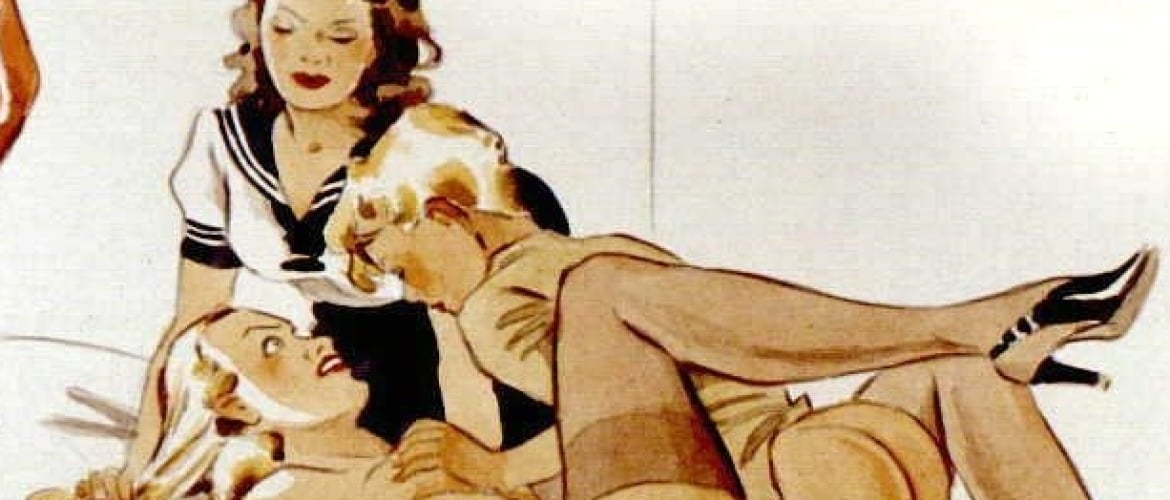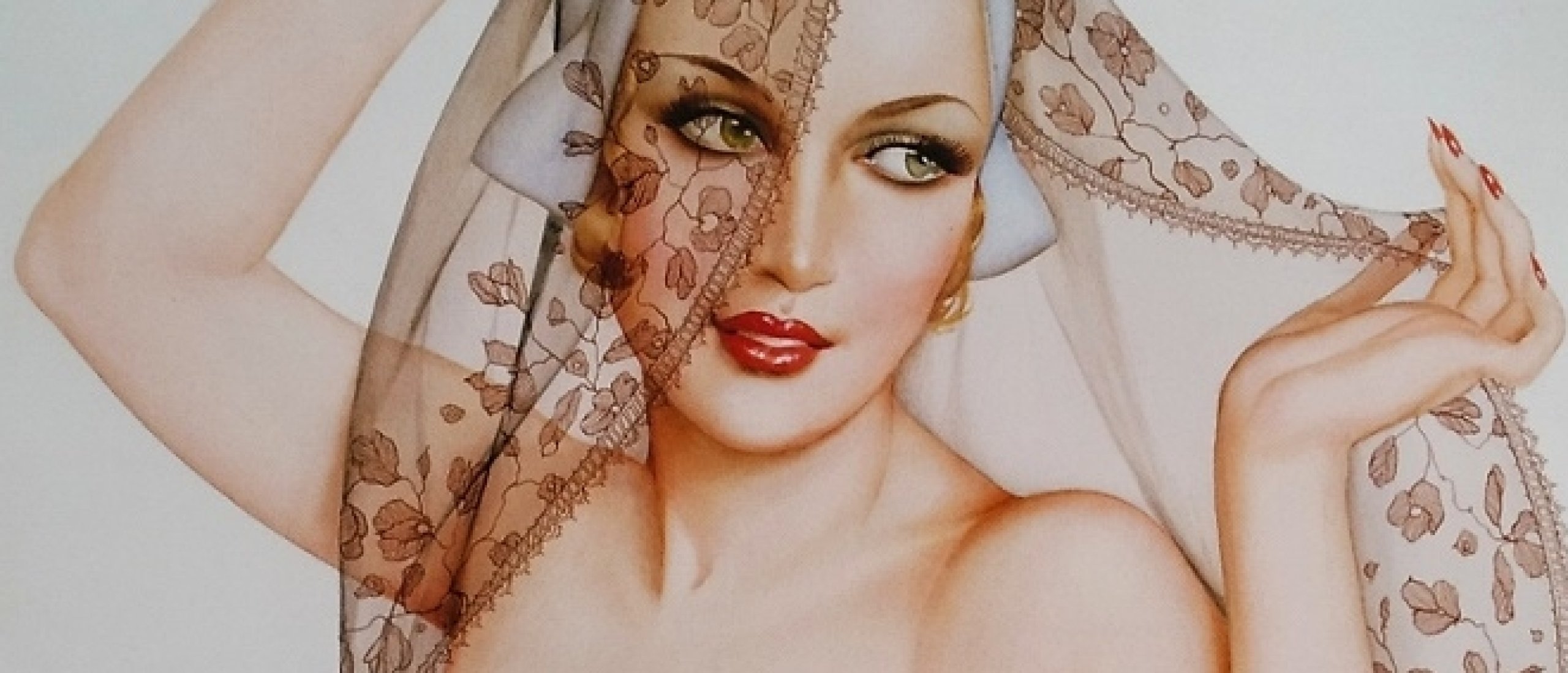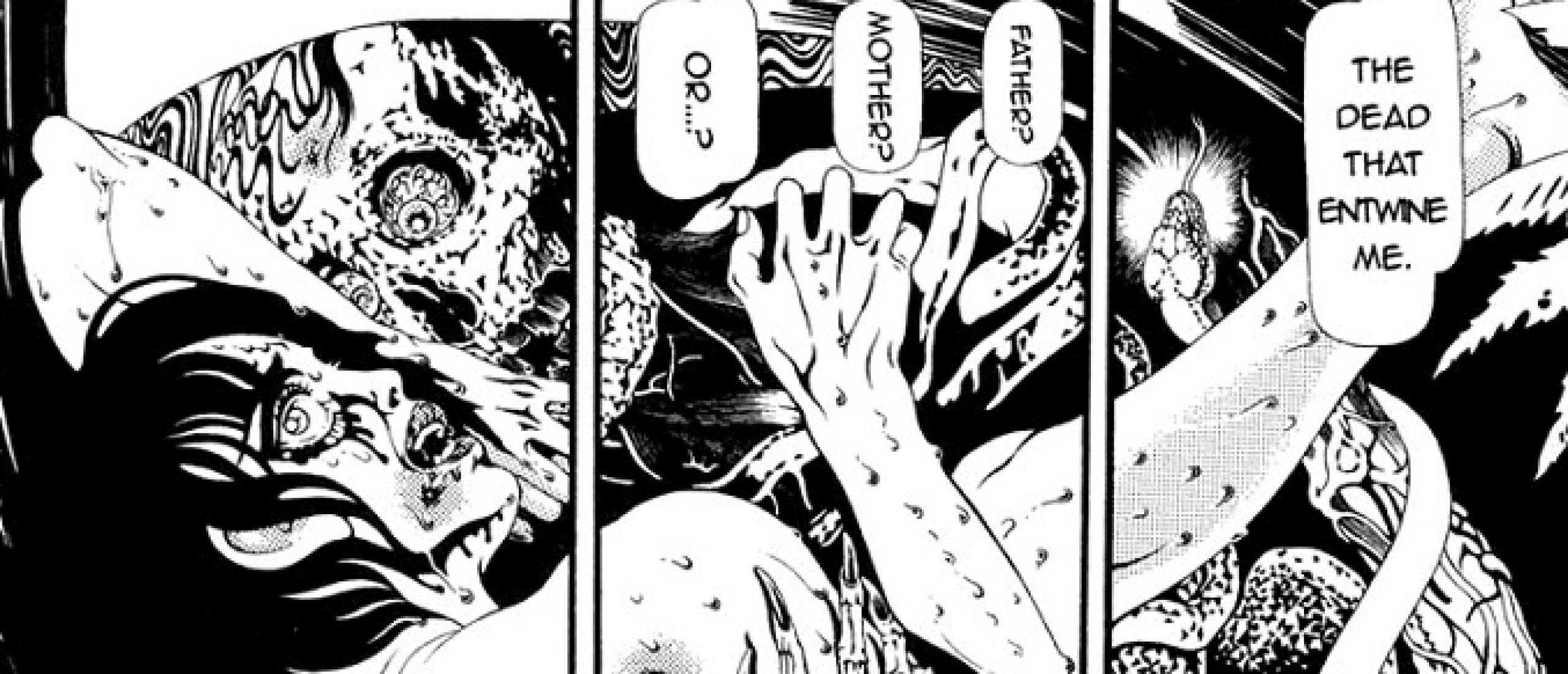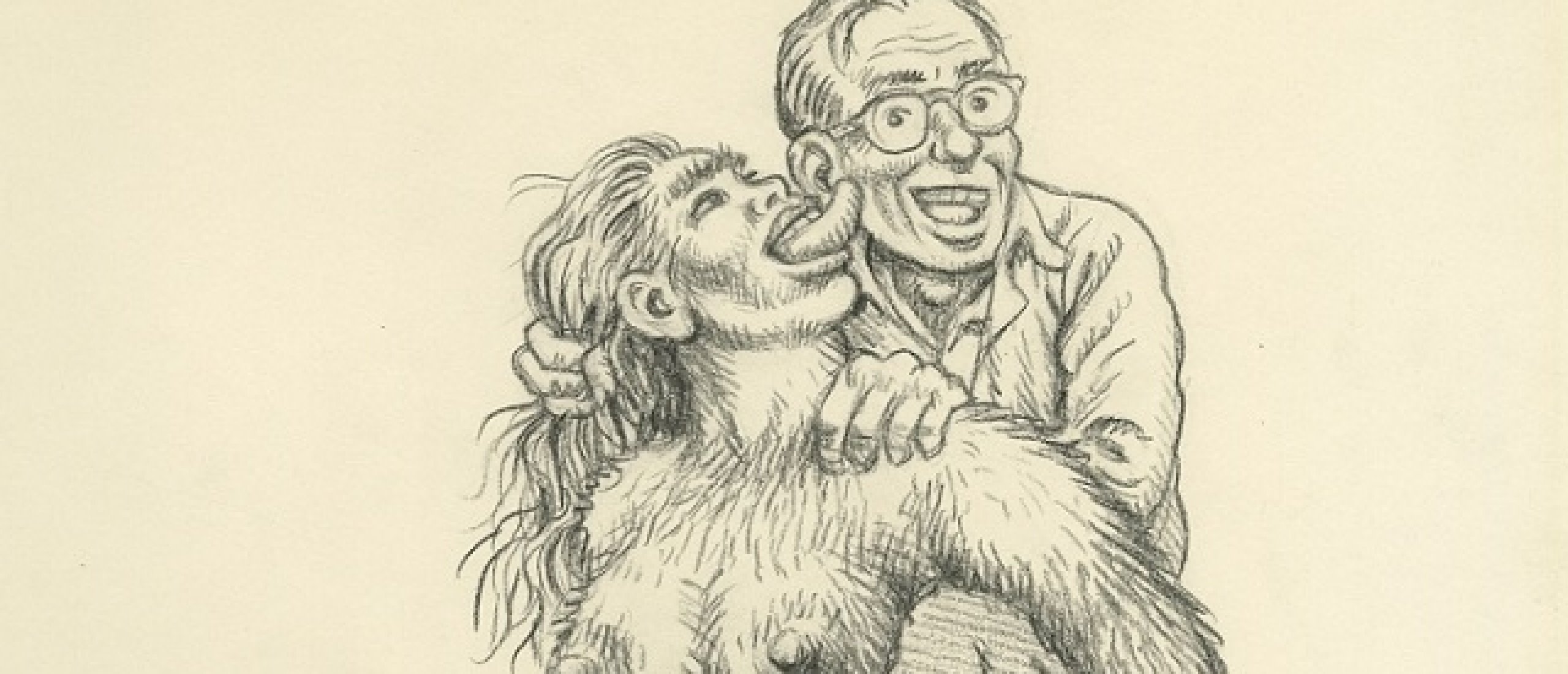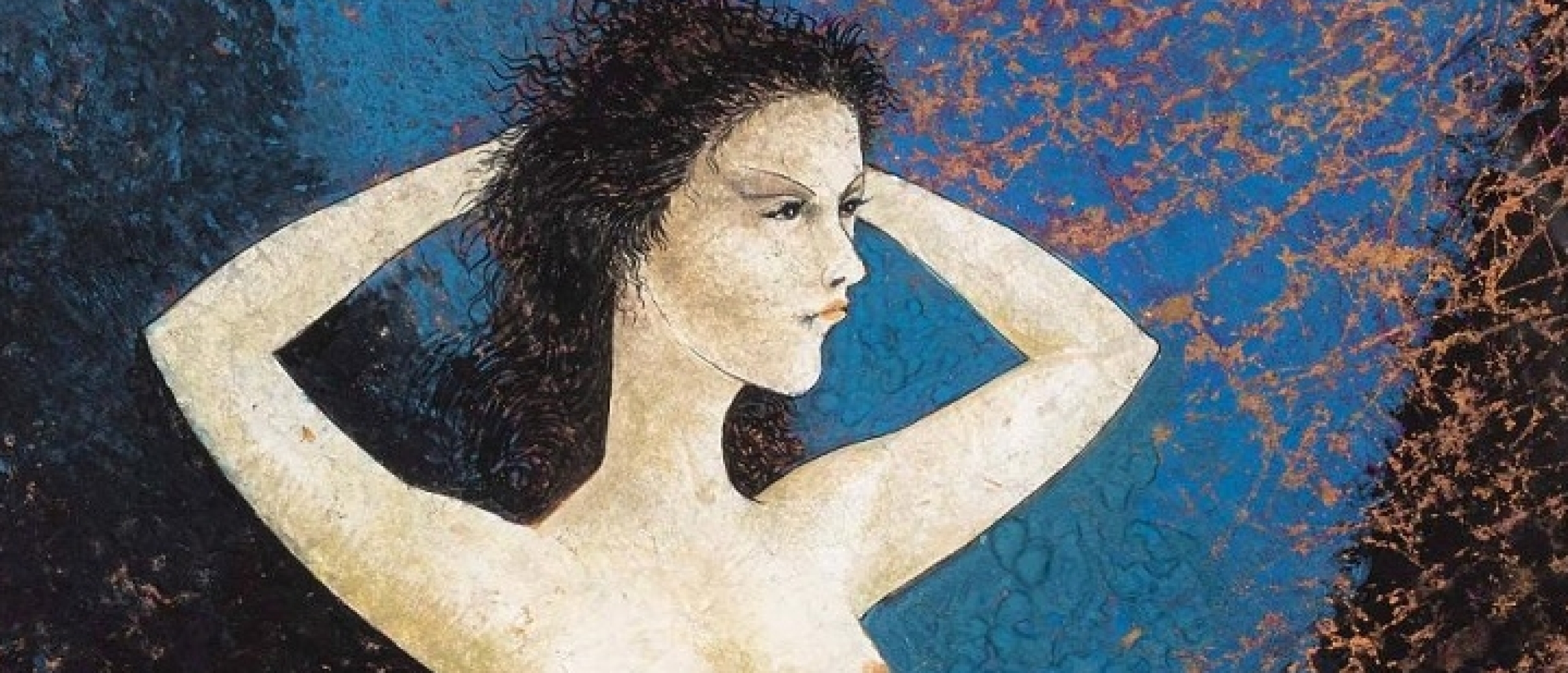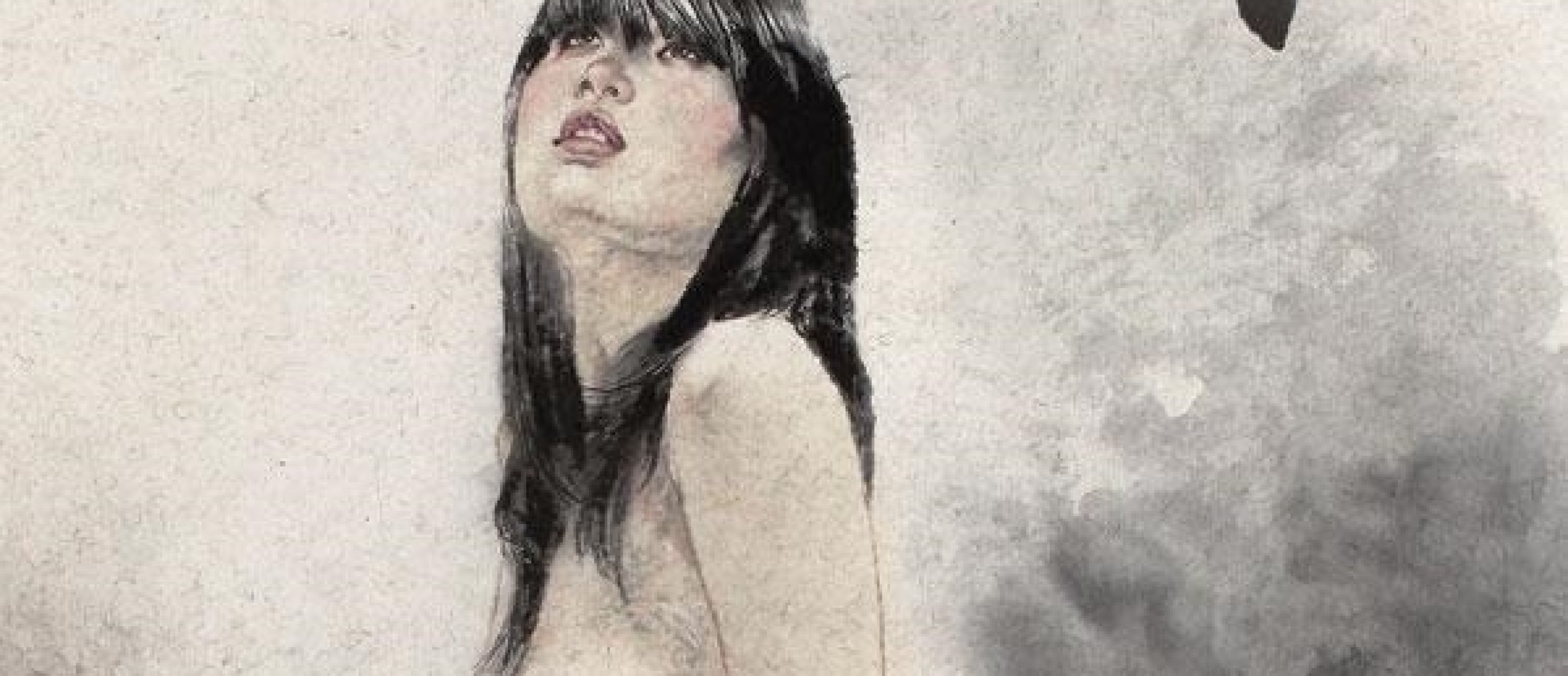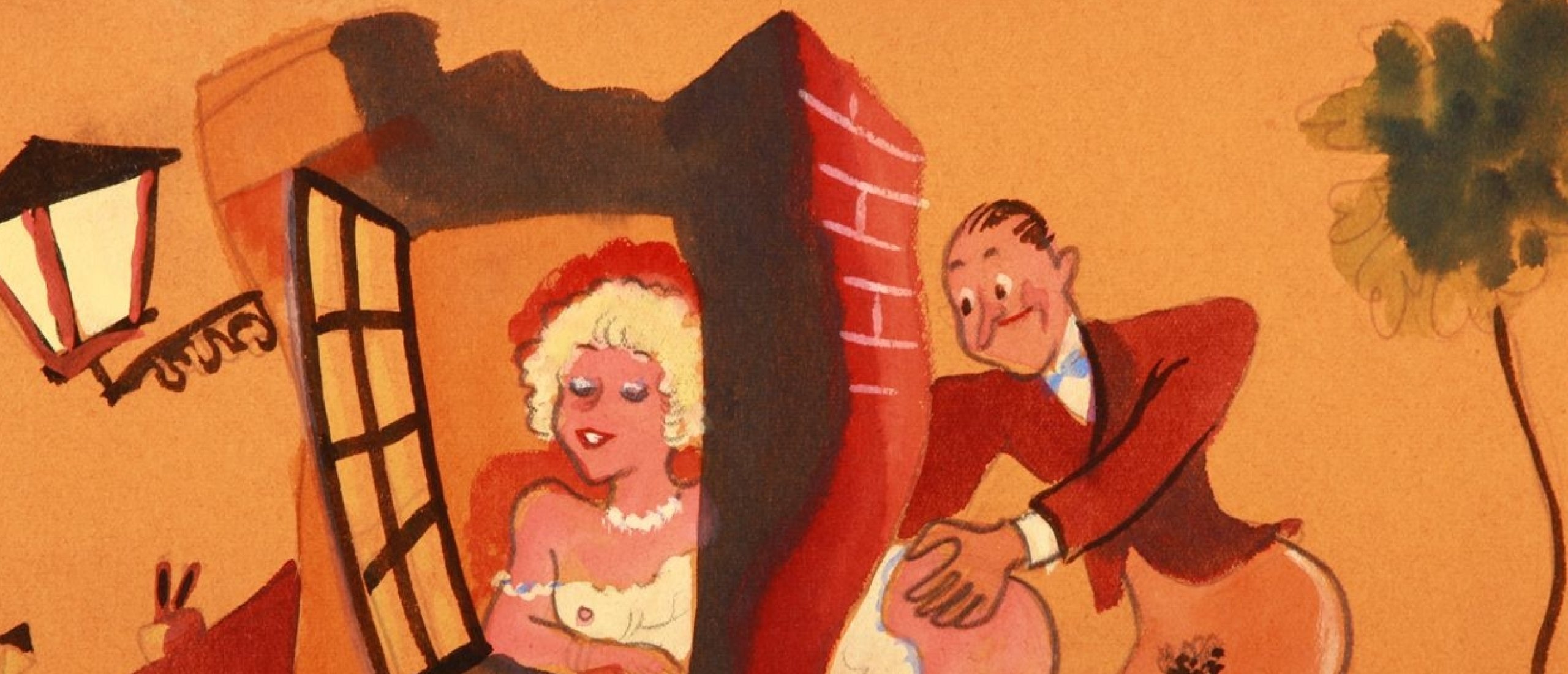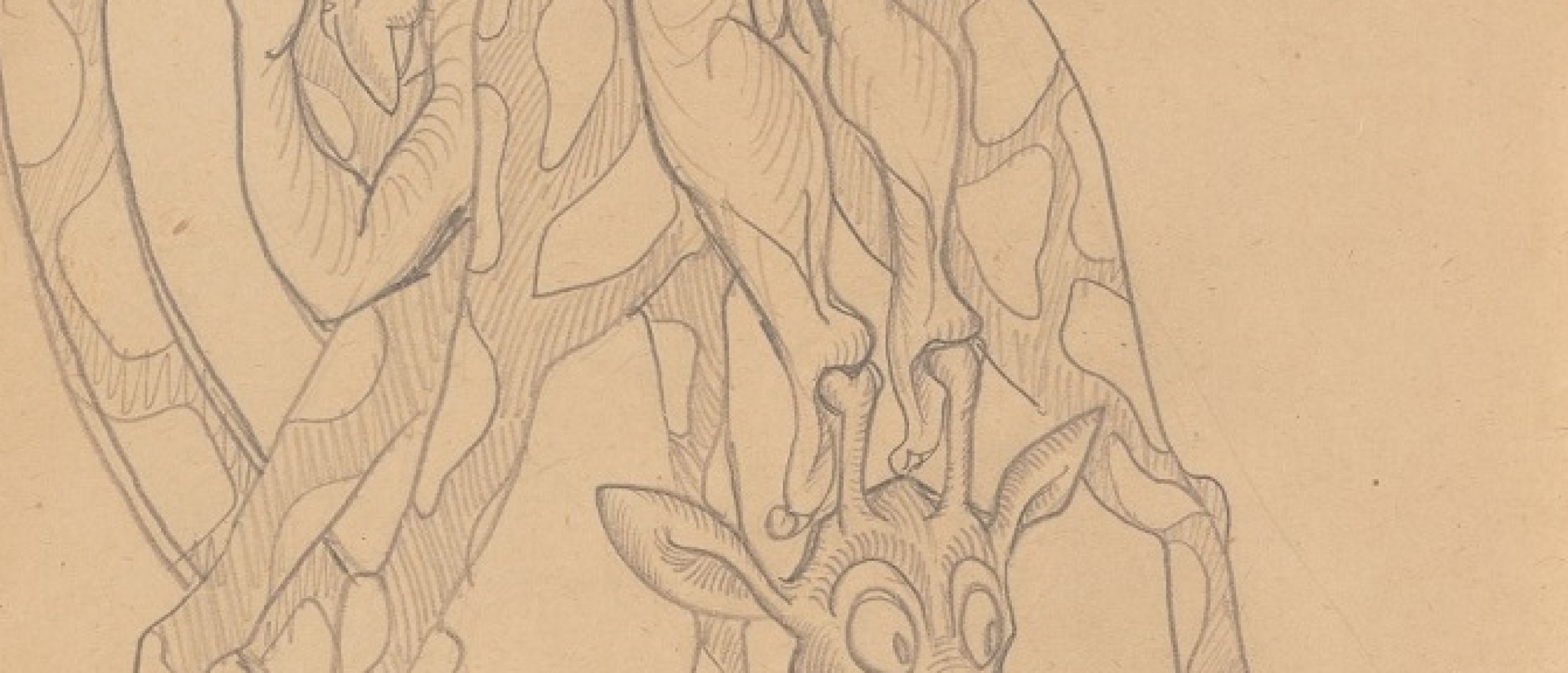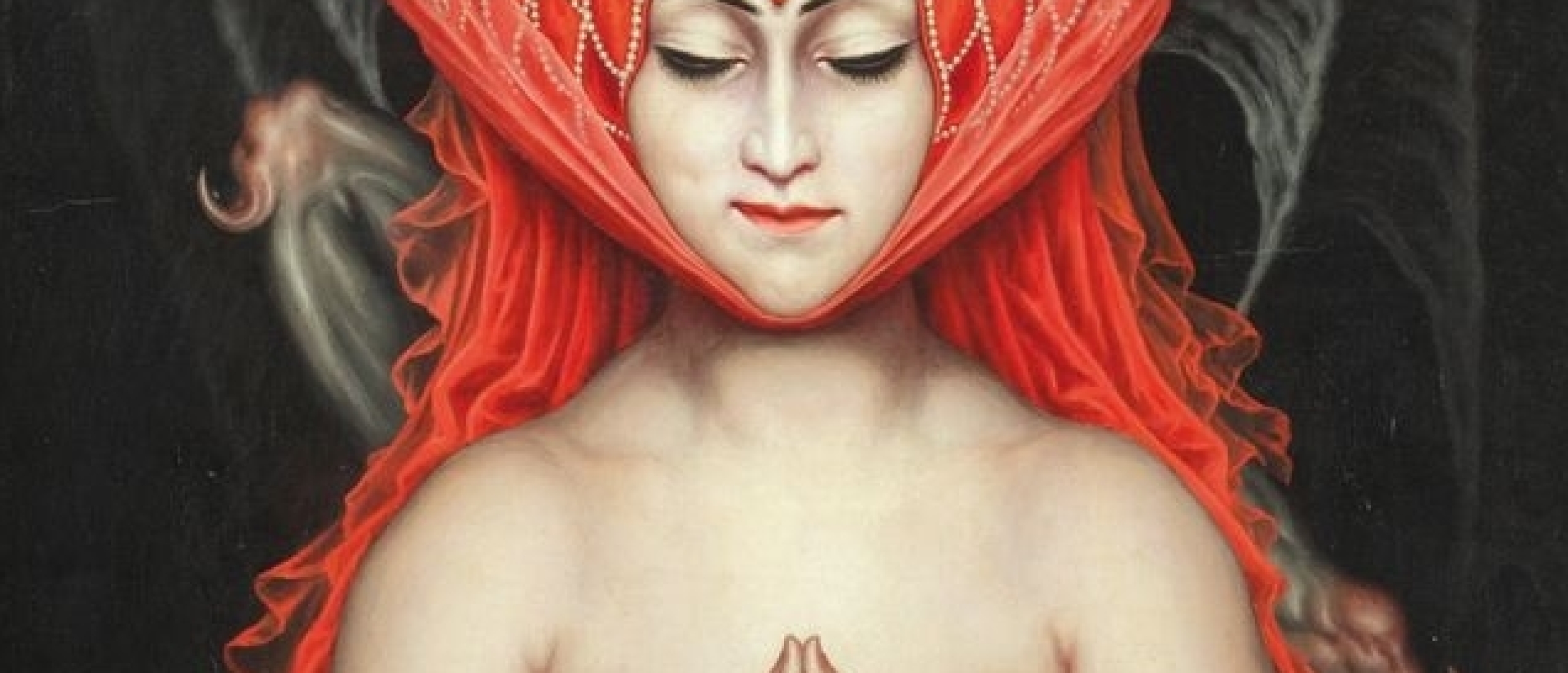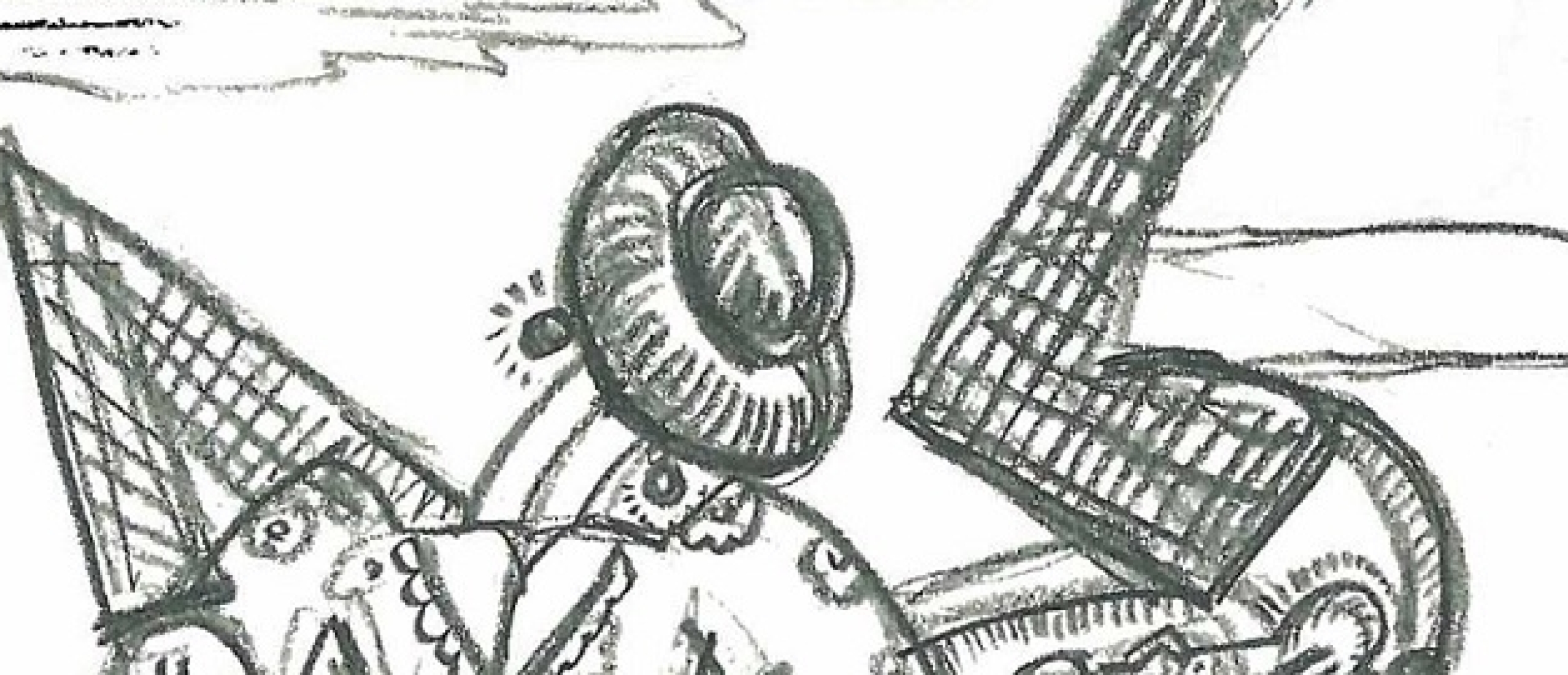
Due to the recent ban on the LGBTQ community in Russia, today we want to examine the notorious graphic legacy of the father of modern movie-making, Sergei Eisenstein (1898-1948), whose name is associated with Russia as closely as Dostoevsky or Tchaikovsky, and whose works, such as Battleship Potemkin (1925) and historical epics Alexander Nevsky (1938) and Ivan the Terrible (1944, 1958) are considered the classic of Soviet cinematography. The collection of his drafts contains many homosexual sketches, though the pen name Sir Gay, by which Eisenstein signed his satirical drawings for Ogonyok magazine, didn't mean his orientation as the word gay hadn't acquired this meaning yet.
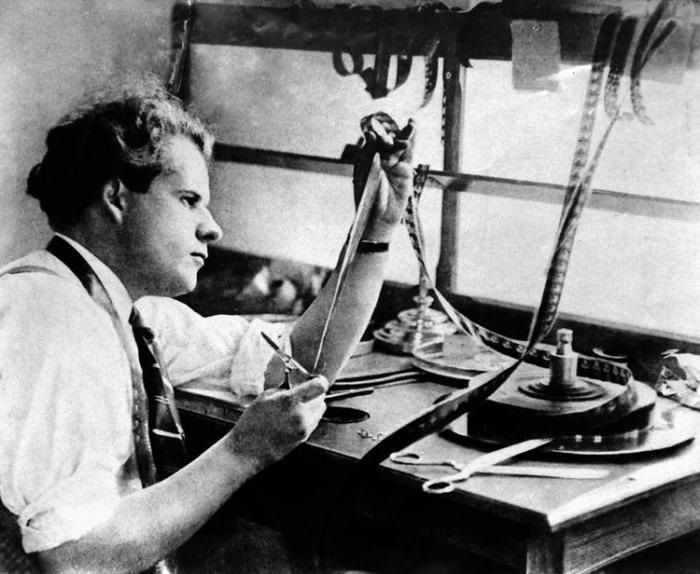
Fig. 1. Young Eisenstein at work (craftkino.ru)
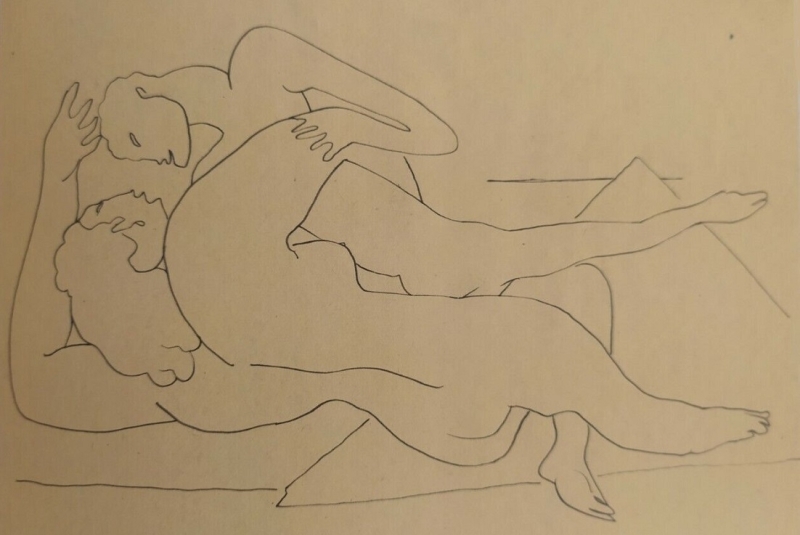
Fig. 2. An amorous couple from A mischievous Eisenstein. Slavia. 2006 (ebay.com)

Fig. 3. Across a Bed (thelujonmagazine.wordpress.com)
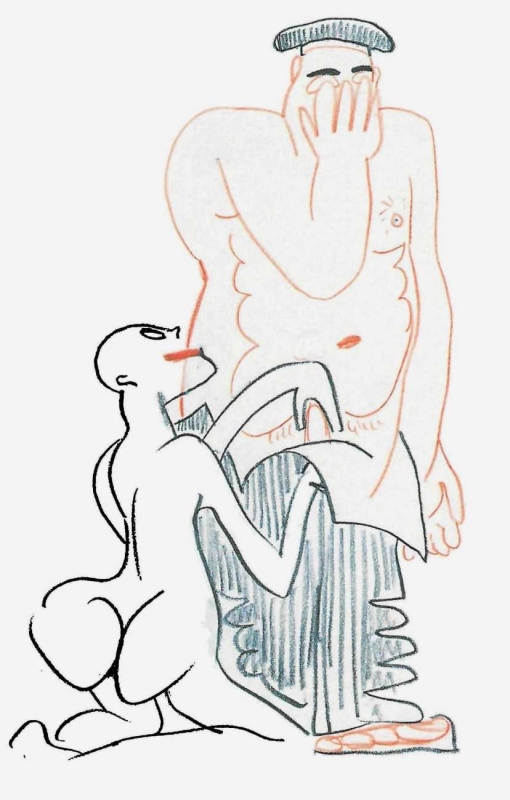
Fig. 4. honesterotica.com
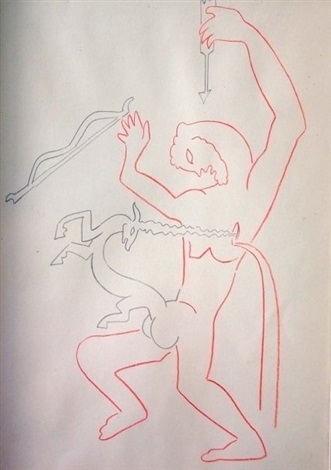
Fig. 5. Punishment of the man who wanted to go hunting on Sunday (artnet.com)
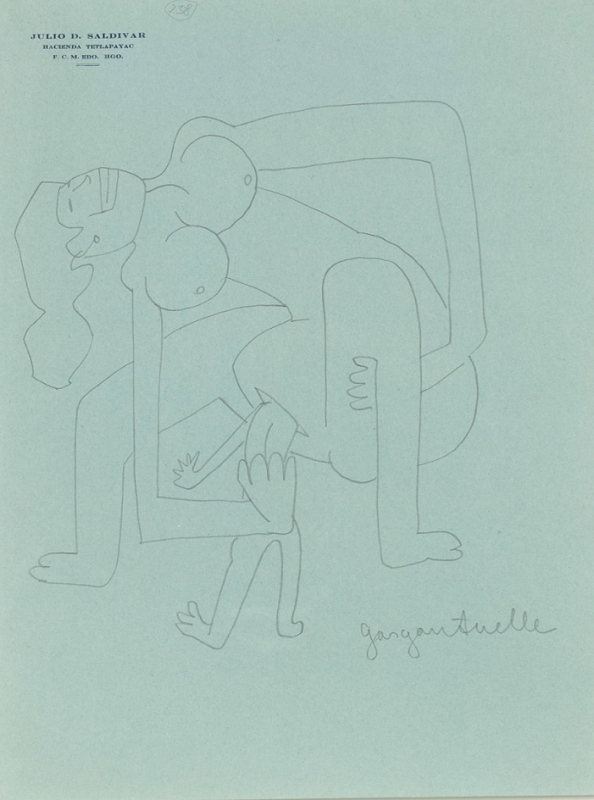
Fig. 6. Gargantuelle (artlogic.net)
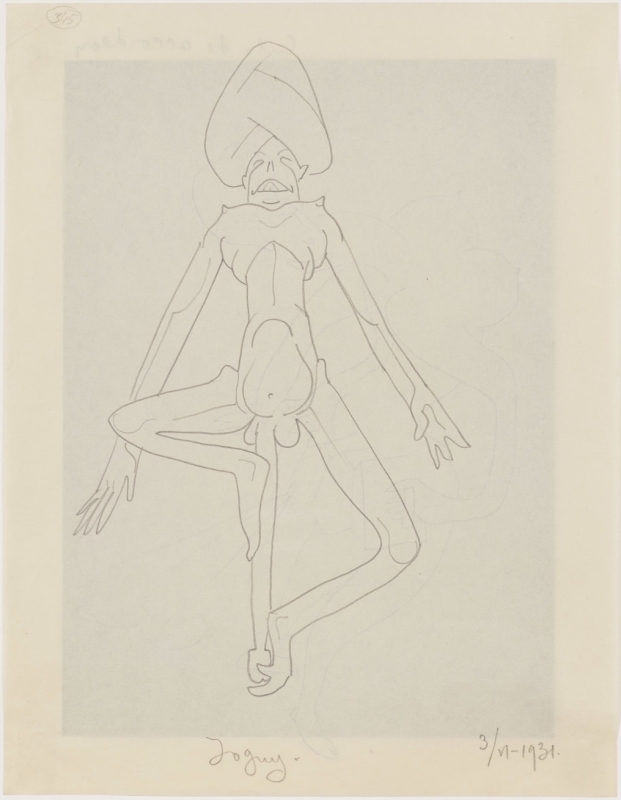
Fig. 7. Yogi (artlogic.net)
Rosicrucian Studying Kanji
Sergei Mikhailovich Eisenstein was born into a middle-class family of an engineer of Jewish-Sweden origin and a Russian merchant's daughter. He was raised as an Orthodox Christian but became an atheist after the revolution. Initially, the avid painter Eisenstein chose his father's profession and studied architecture and engineering at the Petrograd Institute of Civil Engineering. In 1918, when the Civil War started, he left the school to join the Red Army, though his father supported the opposite side. With troops, Eisenstein traveled throughout the former empire, building fortifications and staging communist plays or decorating propaganda trains between the fights. In Minsk, he even joined a Rosicrucian esoteric group Stella headed by poet Boris Zubakin. After the demobilization in 1920, at his own request he was sent to the General Staff Academy of the Red Army in Moscow to study Japanese. His enthusiasm for Japanese culture was provoked by the discovery of kabuki theatre. Eisenstein had learned 300 kanji letters before abandoning his studies for the job of a stage designer; later, he considered kanji crucial for his pictorial development.
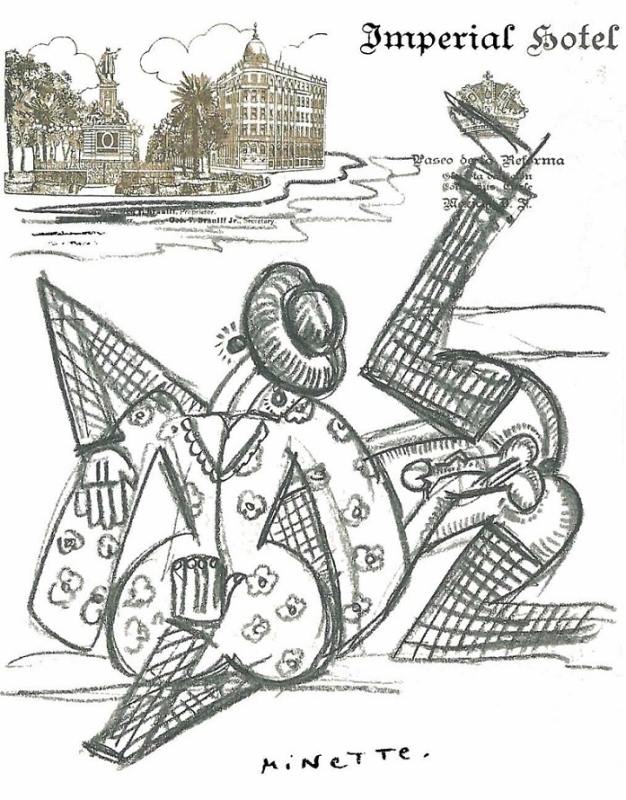
Fig. 8. Minette (honesterotica.com)
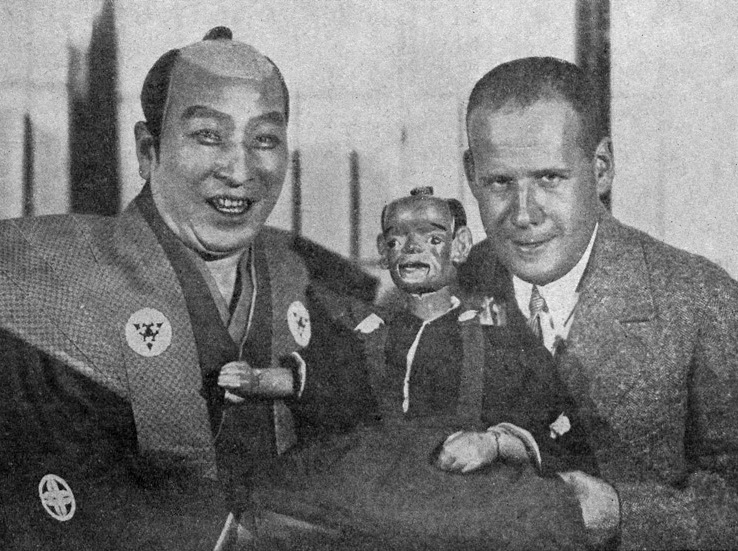
Fig. 9. The kabuki actor Sadanji Ichikawa II and Sergei Eisenstein (Wikipedia.org)
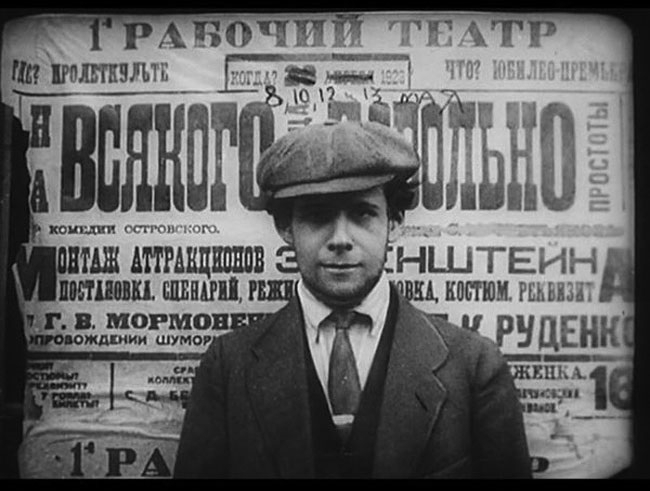
Fig. 10. Young Eisenstein with the poster of his staging debut of Ostrovsky’s play Enough Stupidity in Every Wise Man (/realistfilm.info)

Fig. 11. Eisenstein’s companion Grigory Aleksandrov as Glumov from Enough Stupidity in Every Wise Man (wikipedia.org)
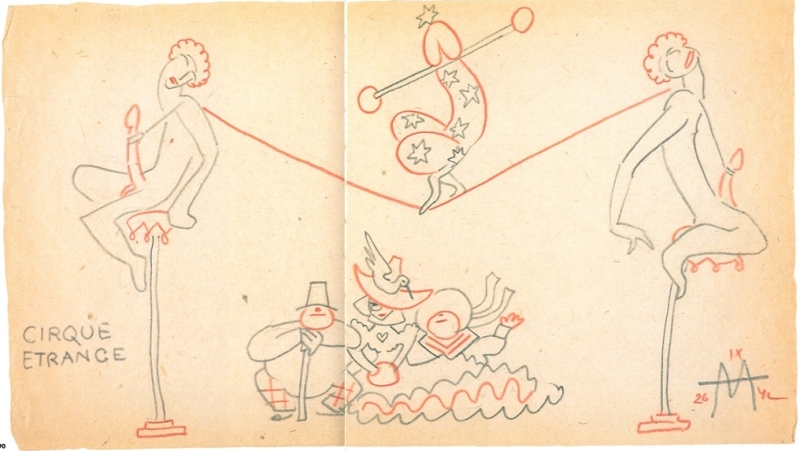
Fig. 12. Strange Circus (blogspot.com)
First Steps in Cinematography
In 1921, Eisenstein enrolled in Vsevolod Meyerhold's directing workshop and produced avant-garde reworks of classic plays following his own theory of the montage of attractions that emphasized sudden and vivid images to attract the audience’s attention (the grotesque eroticism of some drawings perfectly follows this theory). Thus, the realistic play of Ostrovsky about the low-class double-dealer Glumov transformed into a circus performance with tightrope walkers featuring a short film Glumov's Diary (fig. 11). Besides this first attempt at cinematography, Eisenstein re-edited Dr. Mabuse the Gambler by Fritz Lang, which eventually was released in the USSR as Gilt Rot. Then, with the support of the Proletkult institution, Eisenstein planned to shoot the cycle of seven movies about Bolsheviks, From the Underground to the Dictatorship, with Strike as the fifth one and the only shot. Released in April 1928, Strike also used the so-called montage of attractions that led to an abundance of complicated visual metaphors; however, it was well received by the audience.
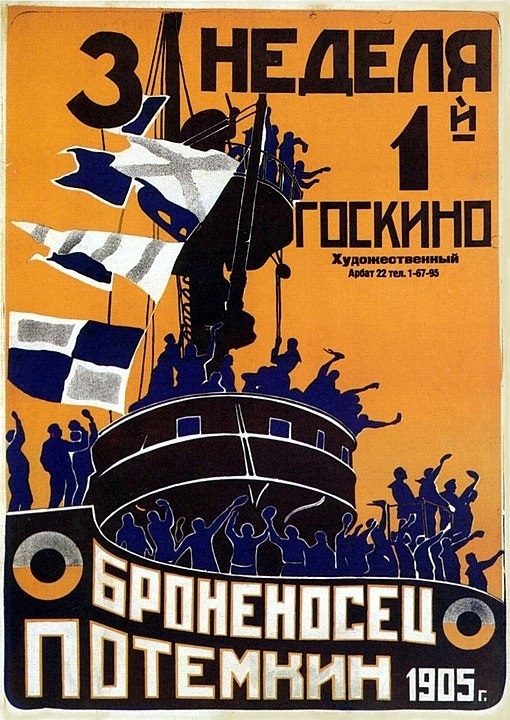
Fig. 13. The movie poster (Wikipedia.org)
In the extended Premium edition you can discover more on the symbolism in Eisenstein's masterpiece Battleship Potemkin, his time outside the USSR, Stalin's suspicion about Eisenstein, and 56 additional images of his fascinating erotic drawings.
Click HERE for part II or here for the homoeroticism in the drawings and poems of the French filmmaker Jean Cocteau
Sources: Wikipedia.org; alexandergray.com; ultrawolvesunderthefullmoon.blog

